If your dream for your indie book includes having it bought and read by tens of thousands of devoted fans–ultimately leading to the attention of, and sale to, a traditional publisher–you wouldn’t be the first. And guess what? One of the best kept secrets in the publishing industry is how often this scenario plays out.
 You have to be in it to win it, and today, being able to get your words from your computer onto an e-reader takes less time and costs less money than it ever did before. And once a book takes a firm grip on public attention, there’s no denying that indie authors can prove to publishers that their work is worth the risk.
You have to be in it to win it, and today, being able to get your words from your computer onto an e-reader takes less time and costs less money than it ever did before. And once a book takes a firm grip on public attention, there’s no denying that indie authors can prove to publishers that their work is worth the risk.
Just two weeks ago, when many people were still recovering from New Years Eve, Hazel Gaynor, author of The New York Times bestseller, The Girl Who Came Home, sold the rights to her second novel, A Memory of Violets, to William Morrow.
In addition to Ms. Gaynor, following find a list of six more authors whose readers’ response was so overwhelming that they caught–and kept–big publishers’ attention.
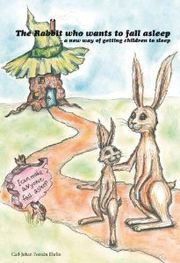 Children’s author Carl-Johan Forssen Ehrlin caught the blogosphere by storm last year after Penguin Random House released new editions internationally of his popular book The Rabbit Who Wants to Fall Asleep. Ehrlin, who is Swedish, originally self-published the book back in 2011; last August, the publishing rights were bought by Random House for seven figures.
Children’s author Carl-Johan Forssen Ehrlin caught the blogosphere by storm last year after Penguin Random House released new editions internationally of his popular book The Rabbit Who Wants to Fall Asleep. Ehrlin, who is Swedish, originally self-published the book back in 2011; last August, the publishing rights were bought by Random House for seven figures.
The unassuming bedtime read’s popularity stems from how well it encourages relaxation before bedtime for children and parents alike. The book’s typography helps parents to emphasize certain phrases and rhythms, with the book’s narration serving as a sort of guided meditation, instructing listeners to relax each part of their body from their feet up as they drift off to dreamland.
Prior to the international re-release, Ehrlin shopped his book at various seminars and classes, which prompted some popularity via word-of-mouth. After lighting a fire in the Swedish market, Ehrlin eventually self-published a U.K. edition on Amazon, where it climbed the Amazon bestseller list. The rest is history!
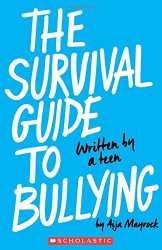
Another popular topic of conversation lately is The Martian, Ridley Scott’s latest out-of-this-world feature. The movie’s received a lot of praise, though not everyone may be aware of the film’s humble beginnings as an indie novel by Andy Weir. Weir self-published the book in 2011—first on his blog, then on Amazon—receiving a book deal by Crown Publishing Group only three years later.
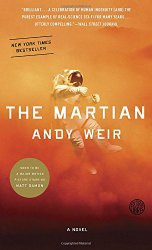
What made the book so popular? Weir constructed something unique in the sci-fi genre: an outer space tale that’s more science than fantasy. All of the technology featured in the book is real and exists today (although those innovations might not presently be operating at the same scale as in the novel.) There’s no apocalyptic dystopia here–just fascinating science featured in a story of survival.

Selling for an astounding seven figure sum, the popular book follows survivors of a plane crash who soon discover a strange connection between themselves and the past, present and future.
Also this year, New York Times bestselling indie author Jasinda Wilder nabbed her first traditional publishing deal for a whole new trilogy with Berkley Books, the first book of which released last November.
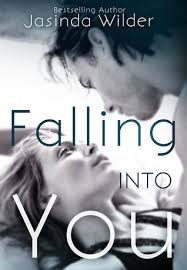
Wilder also mentioned the opportunity to work with a new editor, Cindy Hwang, as a highlight for the deal. Often, we might think of traditional publishers simply providing advances or marketing for a novel, and it’s easy to forget the efforts that go into producing a book such as editing, formatting and more—which publishers can help with. For the most prolific indie authors with hungry readers eagerly awaiting the next release, it can make a lot of sense to outsource some of that stress to a publisher while focusing on the next book. Of course, not all authors have this luxury—though it’s easy to see why Wilder would take the opportunity to go the traditional route while still advocating the indie path.
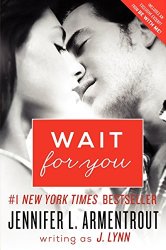
Armentrout published 13 books with Spencer Hill Press and Entangled Publishing before opting to go indie with Wait for You, which became a fast sensation: the book rose to the tops of many bestseller lists, hitting the #1 spot in the New York Times and USA Today lists. The overwhelming response caught the attention of HarperCollins in 2013, who struck a six-figure deal with Armentrout. The publisher reprinted Wait for You under the Avon imprint, buying up two future titles in the series as well.
To date, Armentrout has five titles with the publisher including Wait for You, the most recent of which was released last September.
Of course, most great stories have a twist, and the one here would be that even a six figure deal with a traditional publisher can pale to the money that can be made by a successful self-published author. So if the opportunity comes up, make sure to read the small print before signing.
